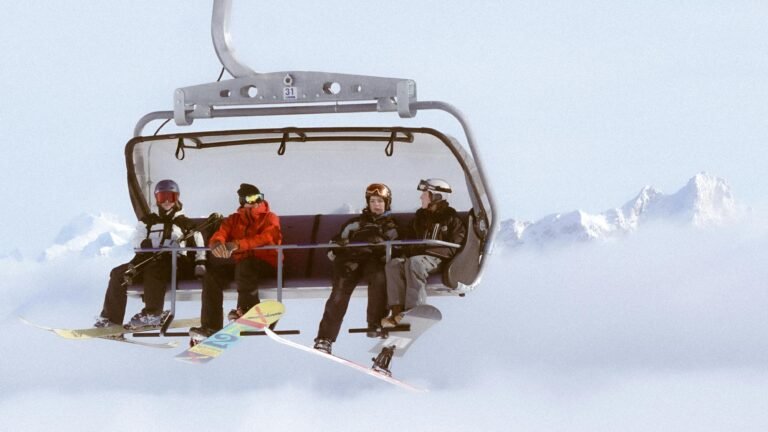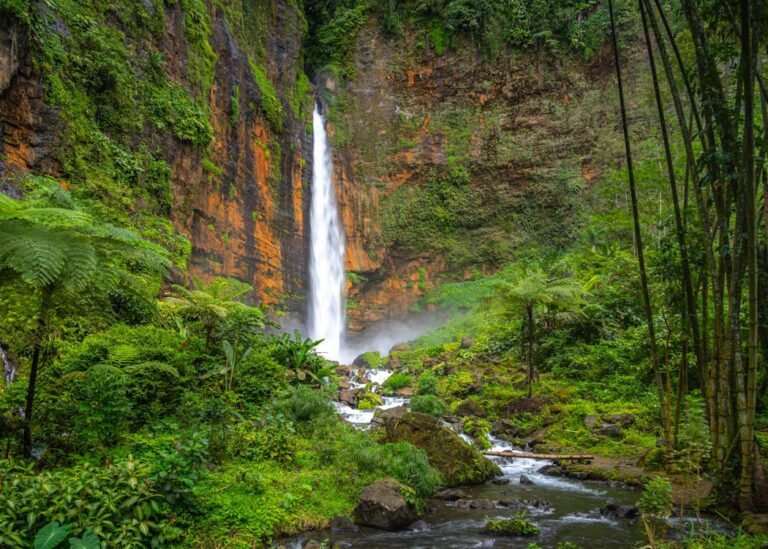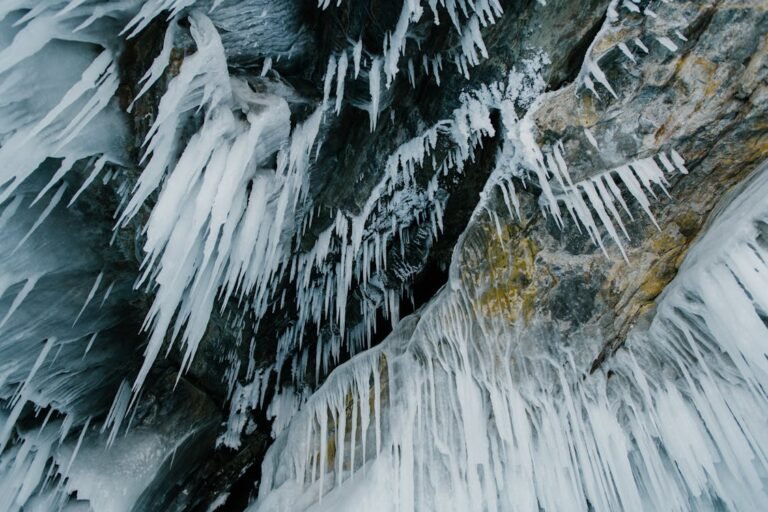Trekking Essentials for Beginners: A Complete Guide to Prepare for Your First Trek

Embarking on your first trek is an adventure, no doubt, but showing up prepared makes all the difference.
Trekking goes beyond packing the right gear—it’s about smart planning, getting your body ready, and knowing what lies ahead on the trail.
In this guide, I’ll walk you through the basics, covering essential gear, how to build up physical stamina, and a few tips on choosing and planning a manageable route.
With a little forethought and the right mindset, you’ll be ready to take on your first trek confidently—and actually enjoy it.
Essential Gear for Beginner Trekkers
Backpack Basics
Picking the right backpack is like choosing a reliable partner for your journey.
For trekking, comfort is key—you want a pack that fits your frame well and has room for all the essentials.
For beginners, I’d suggest something in the 30-50 liter range, which is big enough to carry what you need without weighing you down.
If you’re sticking to shorter treks, take a look at The Ultimate Day Hike Packing List for the basics tailored to day-long adventures.
Footwear Essentials
The right footwear can make or break your trek.
For most beginners, a comfortable, well-fitting pair of hiking boots is essential—especially if you’ll be trekking over rocky or uneven terrain.
Look for boots with solid ankle support to help prevent twists and sprains.
If you’re budget-conscious, The Best Affordable Hiking Boots includes several solid options that don’t compromise on quality.
Don’t overlook your socks either. Choose hiking socks made from moisture-wicking materials to keep your feet dry and blister-free.
And don’t forget to break in your boots!
Wear them on shorter walks before your trek to avoid discomfort on the trail.
Navigation Tools
Even on well-marked trails, navigation tools are a must for staying safe.
Start with the basics: bring a map of the area and a compass—reliable tools that don’t depend on batteries or signal.
If you prefer high-tech options, check out The Best GPS Watches for Hiking.
These watches can help track your route and offer useful features like altitude readings and route mapping.
Lighting and Safety Gear
A reliable light source is essential for any trek.
Bring a headlamp or flashlight, even if you’re only planning a day hike—unexpected delays can easily push you into walking after dark.
Safety gear is just as important; a small multi-tool, whistle, and spare batteries are basic must-haves.
For more tech ideas, check out The Best Gadgets for Hiking, which covers handy tools like multi-tools and survival gear.
Don’t skip the first-aid kit, either.
A compact kit with bandages, antiseptic, and some pain relievers can be a lifesaver for minor scrapes and strains.
Clothing Essentials for Trekking Beginners

Layering for Weather Control
Layering is key to staying comfortable on the trail.
Using a three-layer system lets you adjust as temperatures shift.
Start with a base layer to wick moisture (synthetic or merino wool works well), add an insulating layer like fleece for warmth, and top it off with a waterproof outer layer to shield you from rain and wind.
It’s also smart to keep a lightweight rain jacket handy, especially in areas with unpredictable weather.
And don’t forget accessories—a sun hat or warm beanie can make a big difference depending on the season!
Comfortable, Durable Clothing
The right clothing can make a big difference in your comfort.
Quick-dry, breathable fabrics are your best bet.
For shirts and pants, avoid cotton since it absorbs moisture and can leave you damp and chilly. Instead, go for materials like nylon or polyester.
Don’t overlook sun protection on long days outside.
A good pair of sunglasses, a wide-brimmed hat, and UPF-rated clothing can shield you from harmful rays and keep you comfortable.
Weather-Resistant Accessories
Packing weather-resistant accessories keeps you ready for surprises.
A lightweight rain poncho or packable jacket can protect you from sudden showers without adding bulk.
Trekking gloves are also useful on rough terrain, giving you a better grip and reducing strain on your hands.
Food and Hydration Essentials for Your First Trek

Staying Hydrated on the Trail
Staying hydrated is a must, especially on tough treks.
Many hikers use hydration packs, which let you sip as you walk.
If you prefer bottles, go for collapsible ones—they’re lightweight and save space when empty.
Need some ideas? The Best Ways to Carry Water While Hiking covers popular options, from hydration packs to collapsible bottles.
For water purification, portable filters or purification tablets are solid choices.
They let you safely drink from natural sources like streams, which can be a lifesaver on longer treks where refills aren’t easy to find.
Not sure what to pick? The Best Water Filters for Hiking provides recommendations for portable filters and purification tools for safe drinking water.
Trail Snacks and Nutrition
High-energy snacks are a must to keep you going on the trail.
Pack durable, easy-to-eat options like trail mix, nuts, or energy bars that won’t spoil quickly.
Protein and carbs are key for lasting energy, so look for snacks that balance both.
To keep your snacks from getting squished, consider using reusable containers or packing cubes.
Separating your food also makes it easier to grab a quick bite without digging through your entire bag.
Meal Planning for Longer Treks
For multi-day treks, focus on lightweight yet filling meal options.
Dehydrated meals or instant oatmeal are great choices since they just need a little hot water to prepare.
If you’re cooking, bring a portable stove, fuel, and compact cookware—something simple like a small pot and cup will do the trick.
In areas with wildlife, storing food safely is crucial.
A bear-proof container or hanging your food in a tree can help keep curious animals from turning your campsite into their snack spot!
Physical Preparation for Beginner Trekkers

Building Strength and Endurance
Physical prep is essential if you want to actually enjoy your trek.
Building up leg strength with exercises like lunges, squats, and calf raises will make those uphill climbs a lot easier.
Cardio activities, like hiking or stair climbing, are great for building stamina so you can handle longer trails without wearing out.
Set up a consistent training routine before your trek.
Begin with shorter hikes or walks, then gradually increase the distance and difficulty to build your endurance.
It’ll pay off when you’re out there on the trail.
Practicing with Gear
One step beginners often skip is getting used to carrying a loaded backpack.
Practice wearing it on shorter hikes to get comfortable with the weight.
This also lets you test and fine-tune the shoulder and waist straps for a better fit.
A little practice here goes a long way toward staying comfortable on the trail.
Stretching and Injury Prevention
Stretching before and after a hike helps prevent sore muscles and reduces the risk of injury.
Focus on stretches for your legs, back, and shoulders.
And don’t overlook foot care—blisters and sprains are common but can often be avoided with sturdy footwear and a little attention to keeping your feet comfortable.
Planning and Preparing for Your Trek
Choosing the Right Trail for Beginners
When picking your first trail, start with something beginner-friendly.
Look for moderate distances, gentle elevation gains, and well-marked paths.
AllTrails is a great resource for finding beginner trails in your area, or you can ask local hikers for recommendations to find a good match for your skill level.
Mapping and Preparing Your Route
Planning your route is about more than just choosing a trail.
Study the map, mark rest points, and identify any water sources along the way.
Knowing where campsites or rest spots are lets you plan your breaks and pace yourself.
Also, make sure to inform someone about your plans before you head out.
It’s a basic safety step that ensures someone knows your location in case of an emergency.
Checking Permits, Regulations, and Trail Conditions
Make sure to research any permit requirements for your trail beforehand—some popular spots have limited access and require permits.
It’s also important to be aware of local rules around camping, fires, and waste management.
Check the trail conditions and weather forecast before you head out.
This helps you prepare for things like muddy sections or recent rainfall.
Many websites provide real-time updates on trail conditions and any closures, so you can adjust your plans as needed.
Beginner Trekking Etiquette and Safety Tips

Basic Trail Etiquette for Beginners
Being considerate on the trail makes the experience better for everyone.
Simple trail etiquette—like yielding to uphill hikers and keeping noise down—goes a long way.
Respect wildlife by observing from a distance, which keeps both you and the animals safe.
Following Leave No Trace principles is also key.
Pack out all waste, stay on marked trails, and leave natural areas just as you found them.
It’s all about keeping these places wild and beautiful for the next trekker.
Safety Practices for a Smooth Trek
Safety is crucial for a good trek.
Stick to marked trails to lower the risk of getting lost, and learn how to handle wildlife encounters to avoid dangerous situations.
Trekking can be exhausting, so pay attention to signs of fatigue, and remember—it’s always okay to turn back if you’re not feeling up to it.
Emergency Communication Tools
Even with careful planning, it’s wise to carry emergency communication tools.
Bring a fully charged phone, a portable power bank, and, if possible, a GPS device for added security.
In remote areas, an emergency beacon or satellite device can be a lifesaver, allowing you to call for help if needed.
Also, carrying an emergency contact card with your info is a simple but useful precaution.
Conclusion
Preparing for your first trek takes some planning, but trust me, it’s worth it.
When I started trekking, I underestimated how much the right gear and a bit of route planning could improve the experience.
On one of my first hikes, I packed light but skipped a few essentials, thinking they were unnecessary.
A couple of miles in, I realized I’d forgotten a rain jacket—lesson learned after a cold, wet hike back!
With a solid plan and the basics covered, though, you’ll be able to focus on the adventure itself.
Respect the environment, stay mindful of safety, and embrace the journey.
Trekking has a way of showing you just how capable you are, one step at a time.
Now, go make that first trek one to remember!
Ready to plan your next hiking trip?
Dive into How to Plan a Hiking Trip: Step-by-Step Guide for Beginners for expert tips and a detailed roadmap to make your hike a success!






